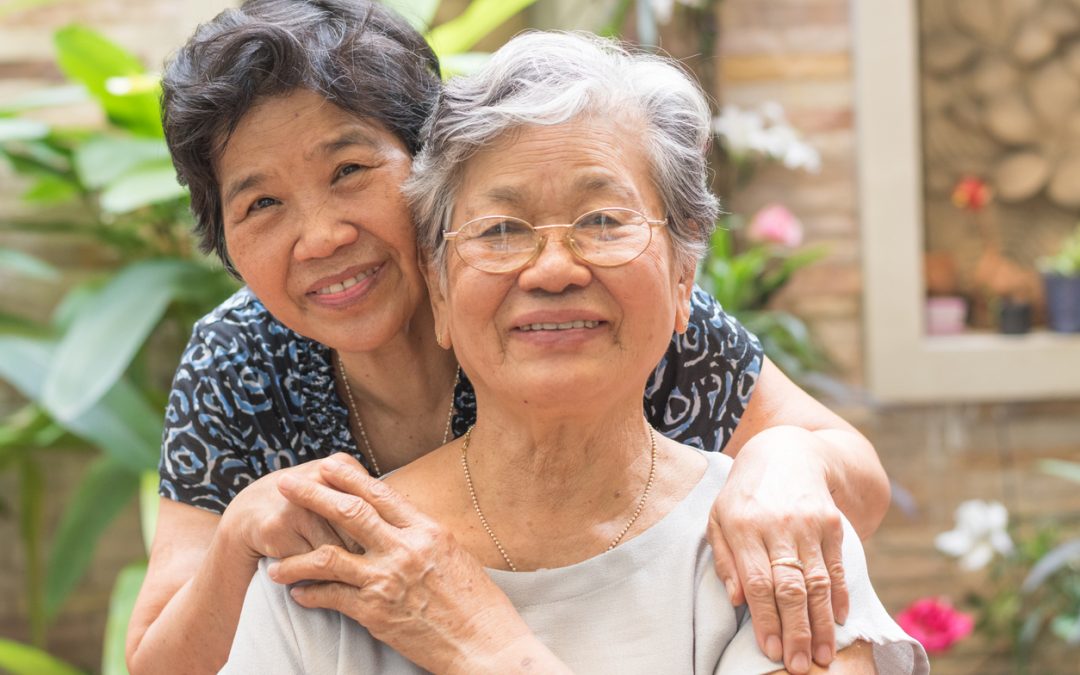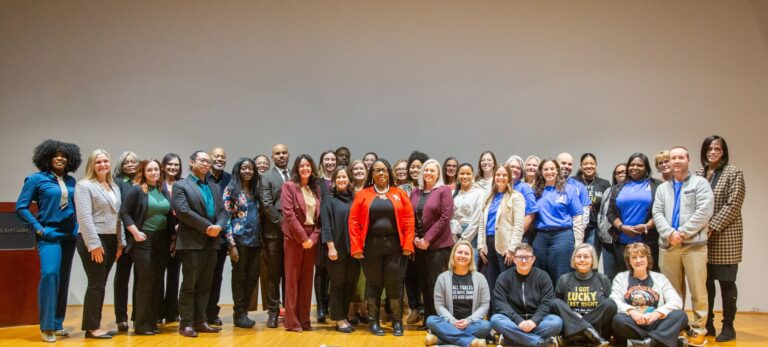In October 2020, the Health Foundation for Western and Central New York announced a new vision statement and strategic plan that will guide the work of the Health Foundation through 2025. An extensive planning process that began in 2019 has resulted in a new organizational vision statement, as well as three long-term goals and corresponding mid-term goals to pursue that vision. Our new vision is a healthy central and western New York where racial and socioeconomic equity are prioritized so all people can reach their full potential and achieve equitable health outcomes.
The Health Foundation’s mission will continue to be improving the health and health care of the people and communities of western and central New York. The plan also reaffirmed the Health Foundation’s commitment to young children impacted by poverty; older adults; and the community-based organizations that serve them.
Our new vision will be pursued through a set of long- and mid-term goals. This playbook is an overview of why we chose this specific goal, and how we plan to pursue it.
Midterm Goal 8: Family caregivers of older adults are valued and supported.
Unpaid family caregivers are the backbone of the long-term care system in the United States. Although the number of caregivers in America is increasing with each passing year, as “baby boomers” age and move into retirement there will be an even greater need for caregivers. The growth in the number of family caregivers is simply being outpaced by the growing aging population. In 2010, the caregiver support ratio was more than seven potential caregivers for every person in the high-risk years of 80-plus. The ratio is expected to fall to less than three to one in 2050 when all boomers will be in the high-risk years of late life.
Although family caregiving is rewarding, it can take an incredible toll on the caregiver’s physical and emotional health. With a shrinking ratio of caregivers to older adults, we must increase the availability and quality of supports that help sustain caregiver efforts. This will be an essential part of helping older adults age with dignity in the community and will require thinking creatively about how to mobilize the community behind this effort.
In 2017, the Health Foundation established an endowed program officer position dedicated to caregiving with funding from the Ralph C. Wilson, Jr. Foundation. The Health Foundation continues to work in partnership with the Wilson Foundation to provide expertise and bring focus to the issue of family caregiving for older adults. Together, we will continue to collaborate with local, regional, and national funders to develop and expand caregiver supports.
BACKGROUND
More than one in every five American adults is a caregiver (21.3 percent), meaning they have provided care to an adult or child with special needs at some point in the last twelve months, and these numbers continue to rise. When looking at caregivers for adults only, the prevalence of caregiving increased substantially between 2015 and 2020, from 16.6 percent 19.2 percent. This increase represents an additional eight million caregivers in America, and it is primarily driven by an increase in caregiving for family members or friends who are age 50 or older. These unpaid family caregivers are a cornerstone of health and long-term care systems, as they are the primary providers of care for older adults living in the community. As many older adults would prefer to age in place in their homes, and as the cost of residential long-term care continues to rise, it would be impossible to overstate the importance and value of family caregivers.



